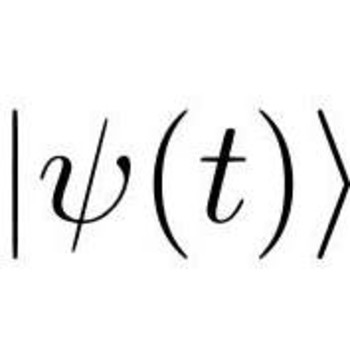How do the chemical properties of the halogens compare to those of the noble gases?
2 Answers
The halogens are extremely reactive, while the noble gases are mainly inert.
Explanation:
Only some noble gases tend to form compounds, such as xenon and krypton. However, some like helium, almost have no compounds at all.
Noble gases also have octet rule shells, which causes the little reactivity associated with them.
To form bonds with noble gases, a lot of energy is required to form those bonds.
Halogens, on the other hand, are extremely reactive. Compounds like chlorine and fluorine must be stored carefully, as they will oxidize anything that they can find, just to get one extra electron to get an octet configuration.
Oxidation numbers of halogens are usually
I hope this helps!
The halogens tend to be very reactive, while the noble gases are in no way reactive and don't bond easily, if at all.
Explanation:
The halogens, or Group 17, need one more electron for a full shell. They will do anything to get it. As a result, they usually form ionic bonds. They simply take the electron they need. Ionic bonds release a lot of of energy, which causes reactive elements.
The noble gases, or Group 18, have full outer shells. They are happy like that. Consequently, they almost never bond. The big exception is xenon, which forms molecules such as xenon trifluoride (



